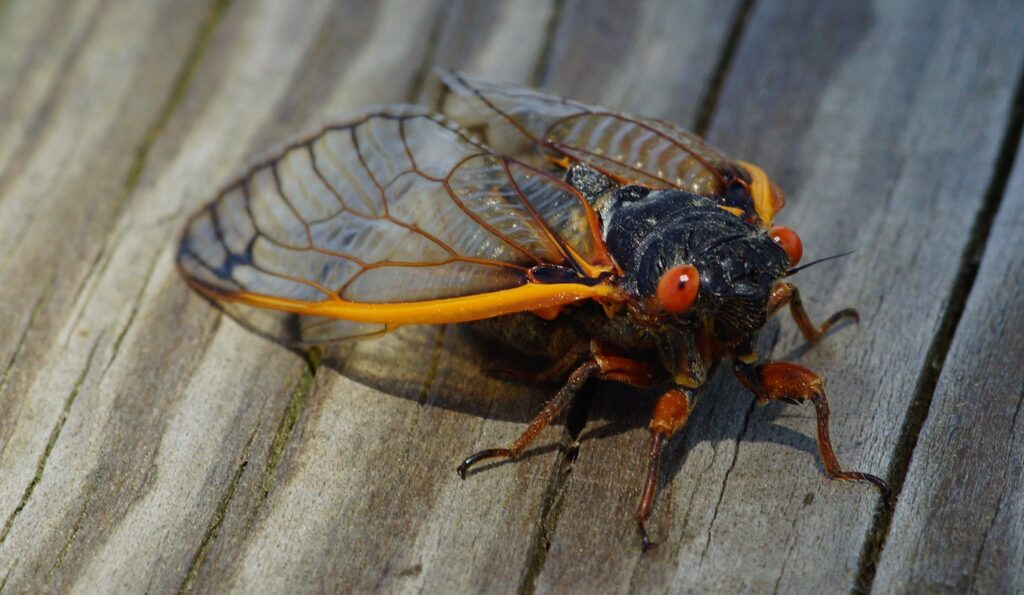Fear of zombies is deeply embedded in our culture. After watching a horror movie, who hasn’t released a quiet breath of relief that they do not exist? Well, zombies do exist.
And they exist in your neighborhood. For insects, turning into a zombie is a very real and highly unpleasant fate.
A pill bug’s demise
For those who have compost bins or any sort of livestock, pill bugs are a common sight. Also known as roly polys, decaying material and manure is a feast– especially bird poop. Yes, it is gross. But moreover, it is dangerous.
The parasite Plagiorhynchus cylindraceus lives in the digestive tracts of songbirds, like starlings. Like many parasites, they continue to create new generations by laying eggs on what will eventually be feces. In this case, if a pill bug enjoys a dinner of bird droppings, they may eat one of the parasite’s eggs.
As the egg transforms into an adult, it turns the roly poly into a zombie. The parasite takes over its brain and compels the insect to do things that are generally not great for survival: moving slowly and not hiding. The zombie pill bugs make easy prey for, you guessed it, birds. As the roly poly is eaten, the parasite has done its job and re-enters a new bird’s digestive tract to repeat it all again.
Pity the cockroach
A cockroach may inspire shrieks of disgust when they wander into a room. But these insects are truly pitiable once you discover the gruesome “life” they very possibly can endure.
There are many species of wasp that’s reproductive cycle includes laying eggs inside of another insect. But the jewel wasp sets a horrifying example. When her egg is fertilized, she must lay each one inside of a different cockroach.
The cockroach is no easy prey. It is much larger and has tough armor covering most of its body. But the jewel wasp knows to sting a cockroach’s softer abdomen. This is simply to paralyze it. The next sting carries a precise dose of venom to the roach’s brain.
At first, it’s not so bad. The venom causes a roach to obsessively groom. Christine Wilcox of Scientific American says it would be a blissful feeling, “It seems too gruesome for the animal to receive no joy from the terrible end it is about to meet.”
When the jewel wasp returns to the paralyzed roach from her stinging spree of other roaches (one for each egg), it doesn’t run. The roach physically can escape, but it does not. Like a dog on a leash, the wasp has complete control. Of course, all of the flying around can be hard work for a lady wasp! She gets a tasty snack by pulling off the roach’s antennae and drinking the liquid that seeps out.
Again, the roach does nothing to run away. It keeps trying to groom even though it is missing body parts. Using the roach’s still-oozing antennae nubs, she leads it to a burrow and lays a single egg on the roach’s leg. Then buries it alive. But the nightmare is not over yet.
The venom from the first sting keeps the roach alive, healthy, and aware. As the young wasp hatches, it has a fresh cockroach to feast upon.
The deadly act of cicada reproduction
Last year, much of the eastern United states was treated to billions of Brood X periodical cicadas. After being in the ground for 17 years, these insects emerged and were ready to get busy making a new generation.
Also buried in soil near periodical cicadas are the fungal spores of Massospora cicadina. Immature cicadas come in contact with the spores as they emerge from the ground. About a week later, as the insect grows into an adult, the fungal infection makes itself known– the cicada’s genitals fall off.
In place of its reproductive organ, male cicadas develop a white plug. As the female attempts to mate, instead of male genitalia, they come in frenzied contact with the fungus’ spores. Her eggs will not only be unfertilized, but she too will become infected and her genitals will slough off.
So, why don’t cicadas stop what they are doing once these vital organs go missing? They cannot. The fungus essentially turns them into zombies whose single-minded purpose is to continue vigorously mating non-stop until their death.
Scientists are still working to pinpoint why. A leading hypothesis developed by Matt Kasson, a forest pathologist and mycologist at West Virginia University, is that the fungus creates stimulants similar to amphetamine and psychedelics. Together, they may suppress appetite, increase stamina, and prolong wakefulness.
You will not find these chilling true stories of zombies in a horror film. In fact, these zombified insects provide a great service as part of a complex stage of a parasite’s life cycle. Essentially, to birds, wasps, and fungus–these insects are protagonists in a story of survival.
Photo by Stephen Little
Kelley V. Phillips is the Communications & Outreach Manager for Red-tail Land Conservancy. She strives to cultivate wonder in nature and action to protect it.




